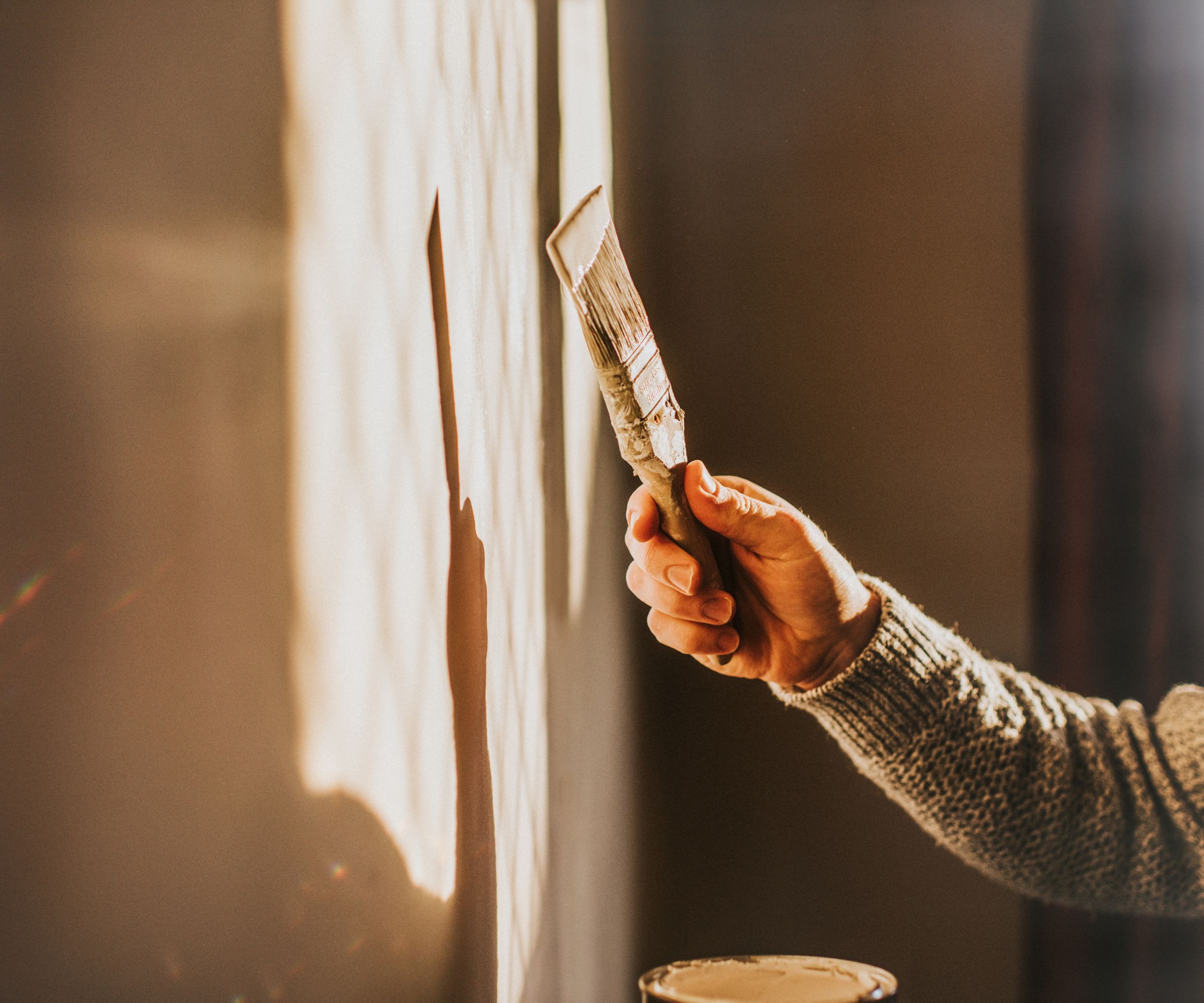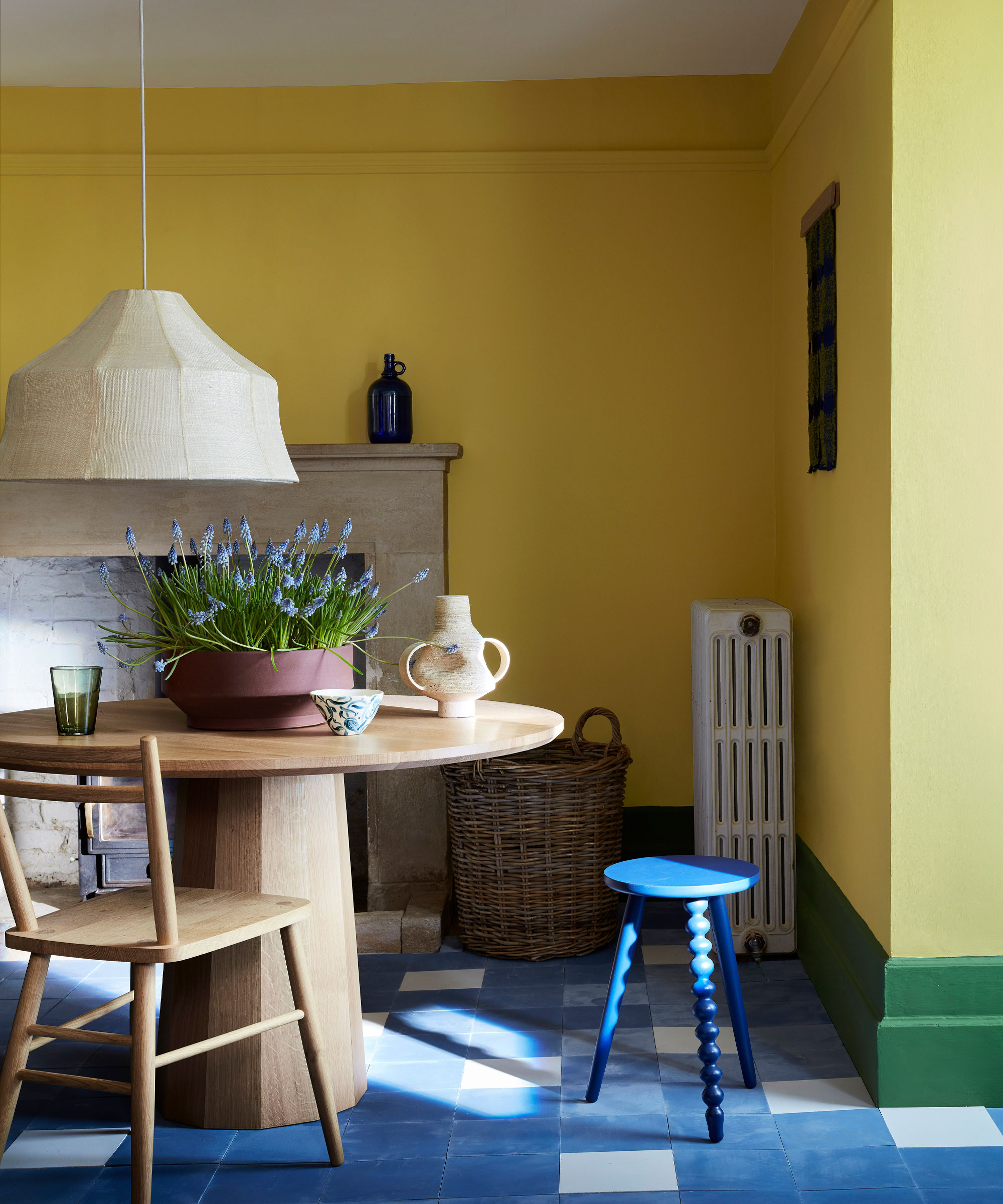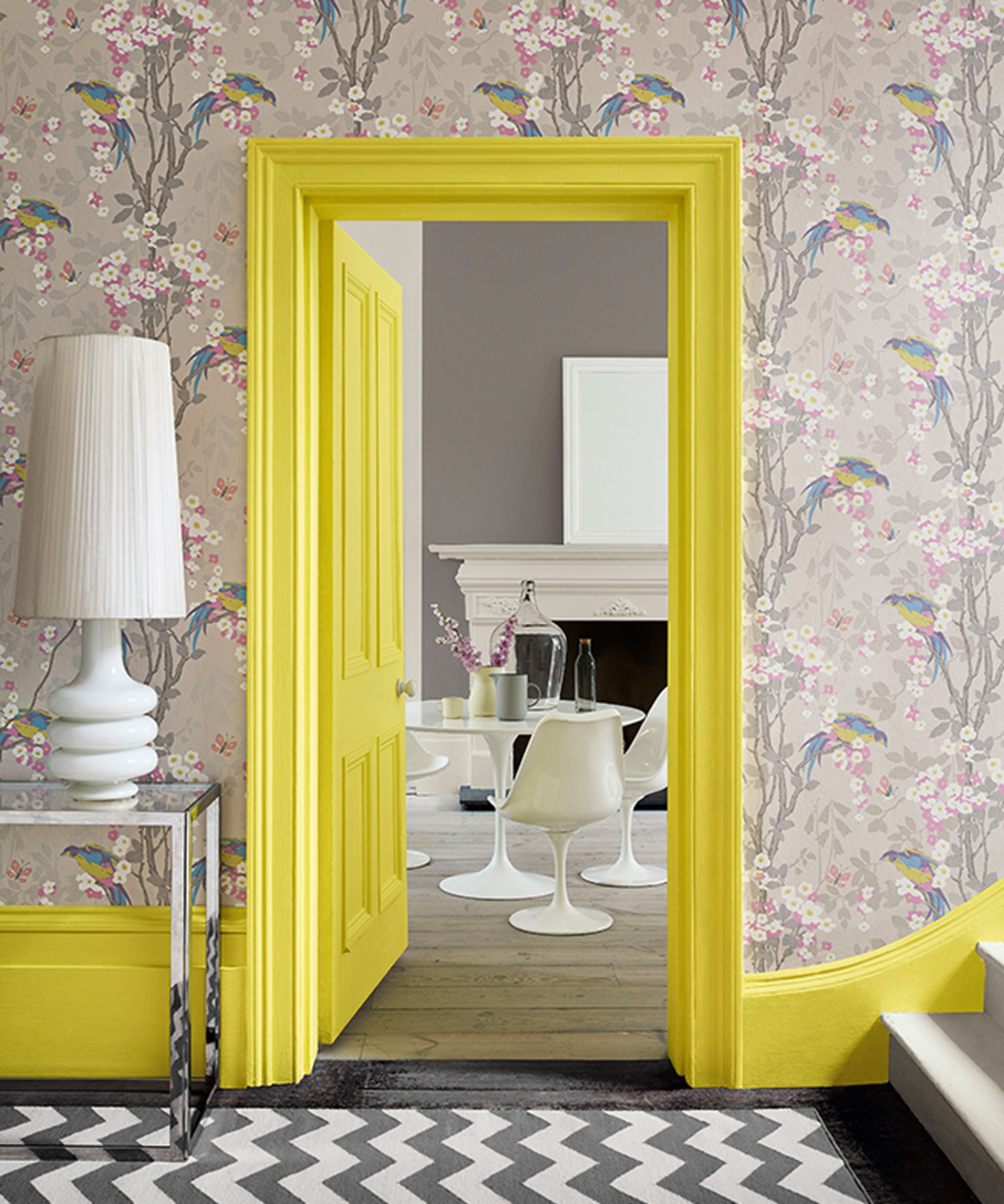How to pick the right wall color for your trim – and the key expert trick to know
Picking new wall paint? Don’t forget to color-check the undertone of your trims


Picking out a new wall color is one of the most exciting parts of a room refresh, but it is easy to get wrong when matching it against the trim.
We all know the standard tricks for choosing paint colors, from picking up multiple sample cans at the store to help us make the right decision, to fixing large paint swatches to the walls to check how the color changes with the light.
But one wall painting mistake we often make is not checking that new color works with the tones of the trim. Here, paint experts and designers explain how to pick wall and trim colors together, and what to do if the results aren't to your liking.
How to pick the right wall color for your trims
You may be wondering if your trim should match your wall color. It needn't match, of course, in fact, it can contrast in color, but ideally the tones of the wall color and trim color should complement each other. So how to get this right? The first is to ensure your swatches don't just sit in the middle of the wall, but against the trim, too.
Using the color wheel to get this right will ensure your existing trim color (or even the color you are considering) works well with the mass of the wall color, says Andre Kazimiersaki, professional painter and owner of Improovy Painters, Denver. This will help to decide which paints to pick up from the hardware store for swatching, he says.

Andre Kazimierski founded Improovy in 2019 and has developed it into a leading home improvement service. It is his mission to make painting more efficient for all of his clients and uses generations of expertise to inform his work.
1. Find the undertones of your trim

We often assume our trims are ‘just white’. But although white is the most common color of trim, there is rarely ever a pure white and unless you clean your baseboards regularly and protect them from the sun all the time, they are likely to have discolored a little over time.
Often, people will discover after painting their walls that their ‘white’ trim actually reads off-white or even gray, says Lauren Noel, paint expert and founder of Love Remodeled, a home improvement blog. ‘This is because all white and off-white paint colors have undertones,’ she explains.
Design expertise in your inbox – from inspiring decorating ideas and beautiful celebrity homes to practical gardening advice and shopping round-ups.
‘These undertones are important to consider when you are choosing a paint color for the wall. For example, white paint colors can have blue undertones, yellow undertones, or even pink and purple undertones. So before you paint the wall a new color, you would want to make sure that the paint color you choose coordinates with the undertones in the white trim color.

Lauren Noel is a seasoned DIYer and home improvement enthusiast who started her home blog with the aim of sharing her home renovations and journey to creating her family's dream home. Doing most of the reno work herself with her husband, Lauren is well-versed in a range of household tasks and reno jobs.
So, how can you know if the paint color will coordinate with the undertones? Lauren suggests using a piece of white printer paper and holding it beside your trim – both at floor level, around windows, and your ceiling trim, if you have any.
'First you need to figure out what undertones your trim has. Doing this should allow you to recognize if your trim leans yellow, or blue in comparison to the stark white. Once you know what the undertones are, it will help you decide what direction to go with for your wall paint color,’ she says.
If your trim is already painted with color you can guess the undertones based on the shade. Reds and yellows will be, more often than not, warm, while blues and greens will be cooler – you can always find a color wheel to make this easier, holding the true color wheel against the millwork in a similar way to the printer paper and studying what undertones present themselves. This is particularly helpful if you have black trim which can lean to both cool or warm, like white.
Color Correction Card | $13.99 at Amazon
This color correction card is designed for photographers to help them color correct images after the shooting but is perfect for working out the approximate undertones in existing paint thanks to the true-color squares and easy portability.
2. Pick paint that tones with the trim

Once you have established the undertones, you can choose your trim paint ideas more accurately before painting your walls.
‘Trim that has cool blue undertones is going to go really well with cool paint colors, such as blues, greens, and cool neutrals. Trim with yellow undertones is going to typically look amazing with warm shades, such as soft whites with similar undertones, beiges, greiges, browns, and yellows,’ Lauren Noel advises. ‘Trim with pink or purple undertones will love wall paint colors like pinks, purples, or taupes.’
3. Use plasterboard to provide accurate samples

The final step before preparing your walls for painting will be to use a sheet of plasterboard from your hardware store, or a piece of backing paper if you are using it, to paint a large swatch of color that can be moved around the space, says Brielle Olhausen, interior designer, decorator, and owner of All-In-One Home Staging in San Diego.
‘Sunlight will play a huge role in how your colors will look on the wall, so make sure to hold them up in different locations and at different times of the day. Once you have chosen a color you like, test a sample next to the existing trim so you can see how it looks when applied and decide on your final wall color.’

Brielle Olhausen has always had a passion for interior design and studying how furniture and color choices can transform a space. After meeting her husband, a realtor, the two team up to stage clients' homes to help people see the potential of any space.
What to do if your wall color doesn't match your trims

If you are unhappy with how the wall color swatch and trim are working together, there are a few things you can do to resolve it.
If you already have your heart set on painting the walls a traditionally cool color – perhaps, gray – then you may feel disheartened if your trim reads warm. The good news is that even colors you perceive as cool can also have warm-toned versions (and vice versa).
'If you love gray paint, but have warm white trim, check out a warm gray paint color that has a bit of beige in it. The beige will help it to coordinate beautifully with your warm trim,' expert Lauren Noel assures.

If you have already taken the leap and painted the walls before discovering it doesn't go with your millwork, there are two options, adds Artem Kropovinsky, interior designer and founder of Arsight, an interior design studio in New York.
Firstly, you can consider incorporating a splash of diverting, unifying color, he suggests. ‘You can try harmonizing conflicting walls and trim colors by introducing a vibrant element in the room. You can achieve this with a rug, cushions, or other decorative items.
‘Alternatively, you can go ahead and repaint the trim,’ he says. While you should really paint trims before painting walls, you can repaint the trim to coordinate with the wall color as a last resort. ‘This is an excellent solution if you're dissatisfied with the trim's appearance or if it's in poor shape,’ Artem says.

Based in New York, Artem Kropovinsky, founder of Arsight, has a decade of extensive and considerable global design experience. Prioritizing minimalism, sustainability, and authenticity, Artem, alongside his team of professionals, works on projects in the US and worldwide.
FAQs
Should your trim color be darker than the wall color?
There are no set rules as to whether wall trim should be darker than the walls. Instead, you should consider your room's scheme and the mood you want to achieve. For a dramatic space, you may want to consider painting the trim in a stand-out shade such as a darker, more saturated tone, or even the same color as your wall for color drenching. Alternatively, if you want a more traditional look, you may wish to opt for a glossy white to brighten up the space.
What is the most popular interior trim color?
The most popular trim color by far is timeless white, usually in a glossy, hard-wearing finish. This color will usually provide a contrast to the wall color, setting nice defining boundaries for the walls, ceilings, and floors.
Matching the tones of your wall paint color against the existing trim in your room, or the trim color you are about to paint with, is essential to success. Ideally, paint walls and trim in tandem to get the color choices just right: most paint manufacturers have free color cards that offer guidance and suggestions so that you can pick the right wall color for your trim first time.

Chiana has been at Homes & Gardens for two years and is our resident 'queen' of non-toxic living. She spends most of her time producing content for the Solved section of the website, helping readers get the most out of their homes through clever decluttering, cleaning, and tidying tips. She was named one of Fixr's top home improvement journalists in 2024.
